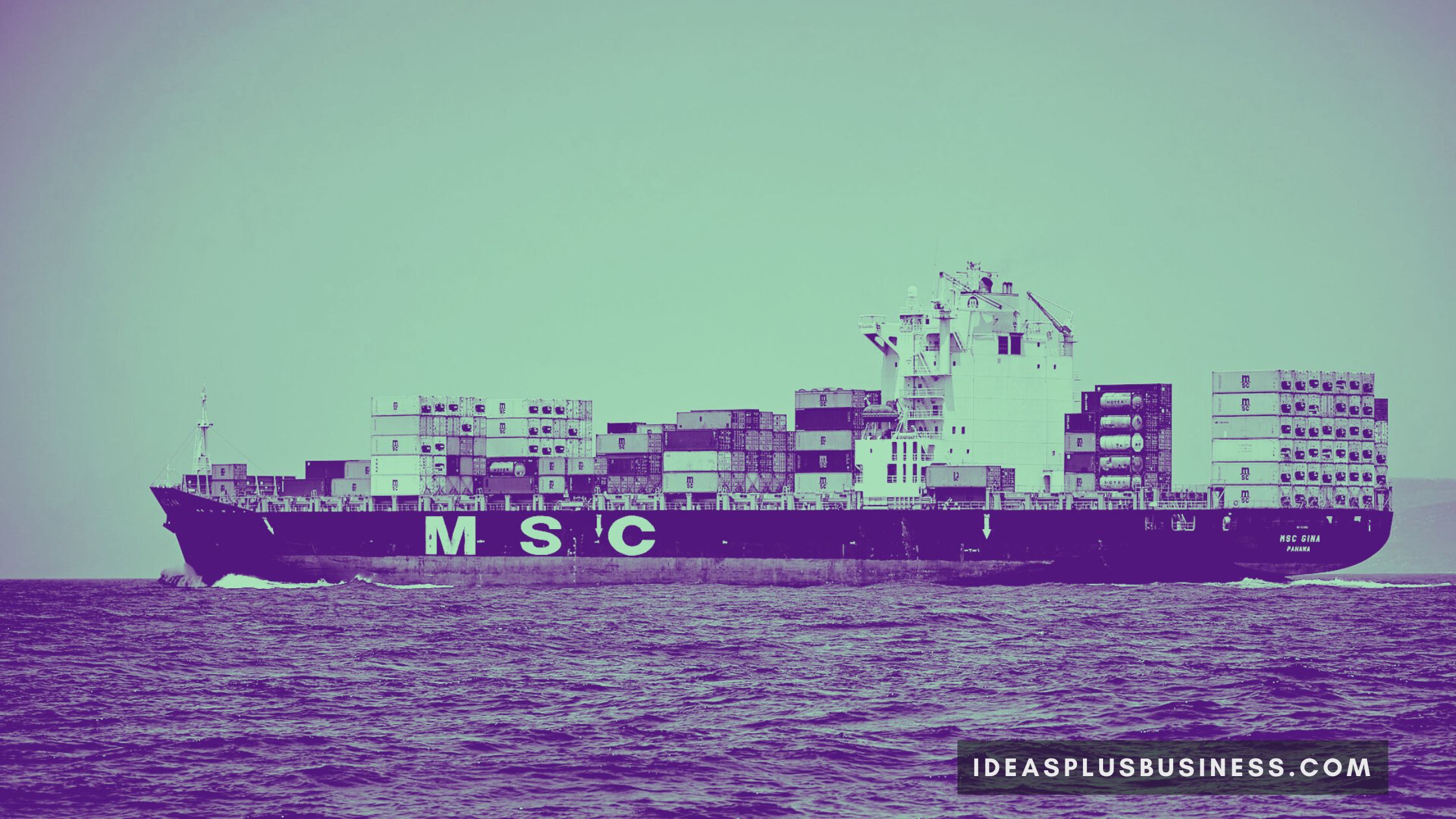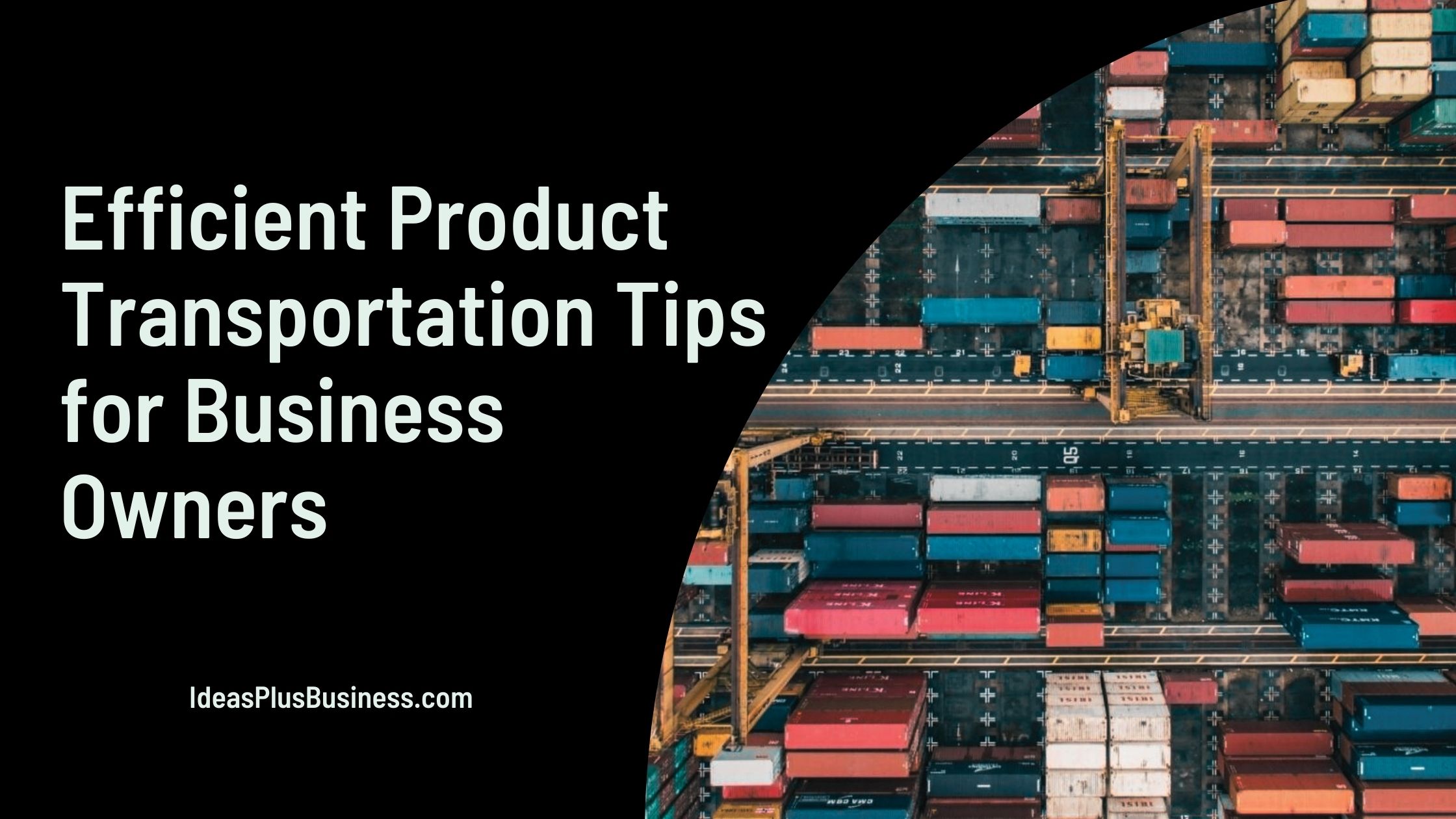As a business owner, you are no stranger to the challenges of getting your products from point A to B. Efficient product transportation is the backbone of a successful enterprise, and mastering it can mean the difference between profit and loss.
In this guide, we’ll present you with invaluable tips to ensure that your products aren’t just transported, but are transported well. So buckle up, and let’s optimize your logistics!
11 Tips for Efficient Product Transportation for Business Owners
Here are some tips for efficient product transportation for business owners:
1. Meticulous Vehicle Maintenance: The Key to Reliable Deliveries
Ever tried to run a marathon with a sprained ankle? That’s what it is like to deliver goods with poorly maintained vehicles.
Regular check-ups for your trucks ensure they are always ready to hit the road and deliver your goods without fail. Focus on a proactive maintenance schedule, keeping an eye on tire pressure, oil levels, and engine health to reduce any chances of mid-route breakdowns.
But in those instances when you do face an unforeseen vehicle issue, knowing where to find reliable semi truck repair in Columbus, OH, or whichever local area you operate in, can be a lifesaver. Having such resources at your disposal ensures minimum downtime and maximum efficiency in your delivery schedules.
2. Clear Communication: The Gear That Keeps Operations Running Smoothly
Imagine the chaos if traffic lights communicated as poorly as some business departments. To ensure that your product transport is as smooth as a green light at 3 AM, fostering clear communication is paramount.
Encourage dialogue between logistics teams, drivers, handlers, and warehouse personnel. Efficient communication minimizes errors and ensures that everyone is on the same track – literally and figuratively.

3. Inventory Organization: Save Time with Strategy
Time is money, and nowhere is this truer than when loading and unloading goods. An organized inventory enables you to quickly access what you need when you need it.
Invest effort into a system that categorizes products based on their transport requirements. This minimizes handling time, reduces the risk of damage, and speeds up the entire process.
No matter the amount of planning, the unexpected can, and often will, happen. Adaptability in your transportation process allows you to navigate through sudden weather changes, traffic jams, or logistical hiccups.
Developing contingency plans and being flexible with your strategies can save the day when the routine gets disrupted.
5. Real-Time Tracking: Transparency and Customer Satisfaction
Providing real-time tracking of shipments is not just a way to maintain transparency with your customers but also to enhance their satisfaction.
By integrating real-time tracking systems, customers can see the status and location of their orders, which reduces anxiety and calls to customer service. Additionally, it gives you the advantage of being reactive to any issues that arise during transport, enabling a faster resolution and a happier customer base.
6. Optimal Storage Solutions: Avoid Downtime and Damage
Storage isn’t just a pit stop for your products; it is a critical component in keeping them in prime condition. Focus on storage solutions that protect your goods from environmental factors such as moisture and temperature changes.
Efficient storage practices ensure that your products are ready to transport immediately, reducing downtime significantly.

7. Cost-Effective Routing: Saving Fuel and Time
Efficient route planning is essential to cutting unnecessary costs and saving time.
Utilizing GPS and route optimization software can help you determine the shortest and fastest routes for your deliveries. This reduces fuel consumption and lessens the wear and tear on your vehicles, saving on maintenance costs in the long term.
Strategic routing also takes into account real-time traffic data, which can help prevent costly delays and ensure timely deliveries.
8. Load Planning: Playing a Winning Game of Tetris
Loading a transport vehicle can feel like a game of Tetris. But unlike the game, you don’t get unlimited tries to get it right.
Effective load planning involves strategically placing goods in a way that maximizes space and minimizes movement during transit. It’s a balance between weight distribution and accessibility that can prevent accidents and damage.
9. Safety First: Protecting Your Assets
Your products are the lifeblood of your business, and their journey should be safeguarded at every turn.
Prioritizing safety not only protects your goods but also your employees and the reputation of your business. Regular safety training sessions and adherence to transportation laws ensure that every journey is as secure as the last.
10. Green Logistics: Forward-Thinking Sustainability
Embracing sustainability in your transport operations can lead to long-term benefits for both the environment and your business.
Implementing green logistics practices such as using eco-friendly vehicles, optimizing load capacity to decrease the number of trips needed, and practicing responsible disposal of packaging materials play a role in reducing your carbon footprint.
This not only conserves resources but also meets the growing consumer demand for environmentally conscious businesses.

11. Technology Integration: Harnessing Efficiency
In an age ruled by technology, ignoring it in your transport processes is akin to steering a ship with a wooden plank.
Utilize the latest in logistics software to keep track of your inventory, vehicle conditions, and delivery schedules. Digital tools enable a more analytical approach to transport, leading to more informed decisions and streamlined operations.
Conclusion
Transporting products is no walk in the park, but it doesn’t have to be a journey through a thunderstorm either.
By maintaining your vehicles, organizing your inventory, ensuring clear communication, and adapting to challenges, you can create a robust transportation system that delivers both literally and figuratively.
With these product transportation tips in your cargo hold, you are ready to steer your business toward smoother transactions and happier customers.

I am Adeyemi Adetilewa, an SEO Specialist helping online businesses grow through content creation and proven SEO strategies. Proficient in WordPress CMS, Technical Site Audits, Search Engine Optimization, Keyword Research, and Technical Writing (Portfolio).
I help brands share unique and impactful stories through the use of public relations, advertising, and online marketing. My work has been featured in the Huffington Post, Thrive Global, Addicted2Success, Hackernoon, The Good Men Project, and other publications.

